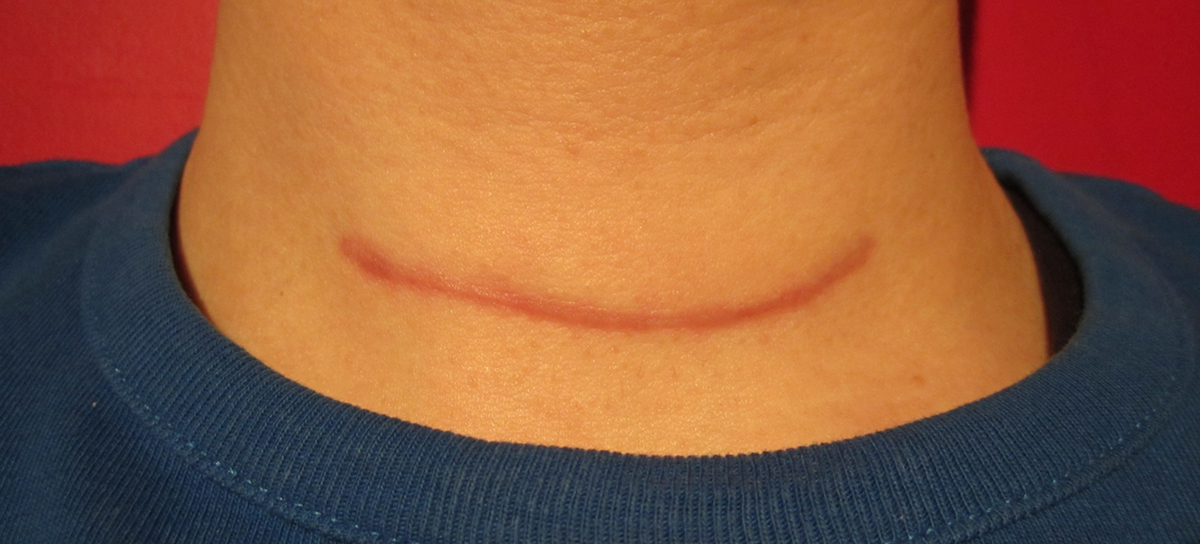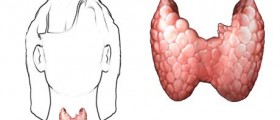
Graves’ Disease IntroductionGraves’ disease is an autoimmune disorder marked by over-activity of the thyroid gland. Graves’ disease is the most common thyroid problem and a leading cause of hypothyroidism. The disease was first described by Irish physician Robert Graves in the 19th century.
Graves’ disease causes the thyroid gland to produce an excess of thyroid hormones. It also causes swelling of thyroid gland in the neck. Other parts of the body, such as eyes, skin, lungs, nervous system, digestive system, bones, muscles and reproductive system can be affected too by the disease.
Causes of Graves’ DiseaseGraves disease develops when body’s immune system begins to produce abnormal antibodies that bind with receptors in thyroid cell membranes which results in over-activity of the thyroid gland. It can occur at any age and affect both genders. However, it is most commonly diagnosed in women aged between 20 and 40. In fact, women are eight times more likely to develop Grave’s disease than men. This thyroid disorder if often triggered by a combination of genetic and environmental factors. Graves’ disease usually runs in families and develops following an infection or stress.
Symptoms of Graves’ Disease
Graves’ disease produces the same symptoms as hyperthyroidism. It is associated with symptoms like enlarged thyroid gland (goiter), sensitivity to heat, profuse sweating, irritability, diarrhea, loss of weight, tremors, rapid or irregular heart beat and exophthalmos (protrusion of the eyeballs).
Graves’ disease can also cause shortness of breath, weakness, fatigue, double vision, difficulty sleeping, increased eye tearing, muscle weakness, anxiety, brittle nails and hair, increased appetite, decreased libido, menstrual irregularities in women and abnormal breast enlargement in men.
A life-threatening complication of Graves’ disease, known as thyroid storm, can develop due to very high levels of thyroid hormones. Thyroid storm is accompanied with rapid heart beat, high fever, irritability, vomiting, high blood pressure, delirium and coma. Left untreated, it can cause heart attack, liver or kidney failure and death.
Treatment for Graves’ Disease
There are three treatment options for Graves’ disease that are used to control hyperactivity of the thyroid gland. The disease can be treated with medications, radioactive iodine and surgery.
Anti-thyroid medications like methimazole (Tapazole) or propylthiouracil (PTU) are given to prevent excessive production of thyroid hormones. However, these drugs may cause adverse effects such as drowsiness, lethargy and sometimes a blood disease called agranulocytosis.
Beta blockers like propranolol are also given to relieve the symptoms of Graves’ disease such as palpitations, tremor, nervousness and increased perspiration.
Radioactive iodine therapy is an option if a patient does not respond to drug treatment. Radioactive iodine accumulates in the thyroid and destroys overactive cells. Final result is decreased production of thyroid hormones.
Surgical treatment for Graves’ disease involves surgical removal of the thyroid gland (thyroidectomy). This treatment option is mainly used when drug treatment fails, for patients with large goiter and pregnant women as well as for those in whom thyroid cancer is suspected.

















Your thoughts on this
Loading...